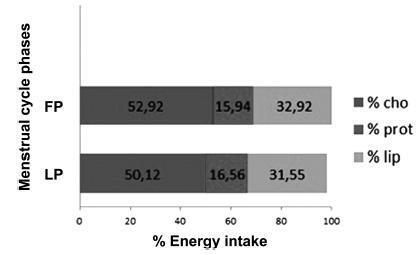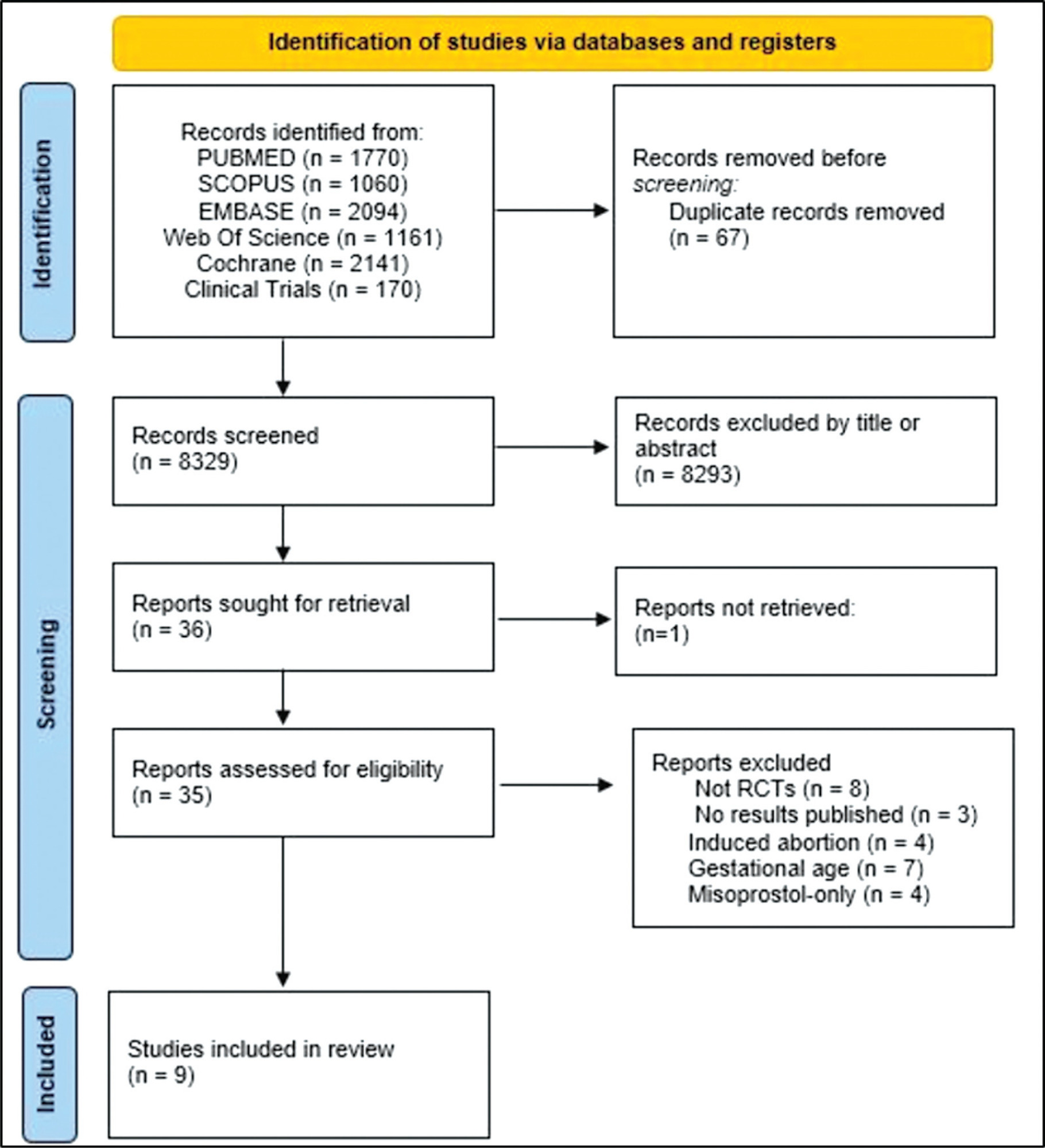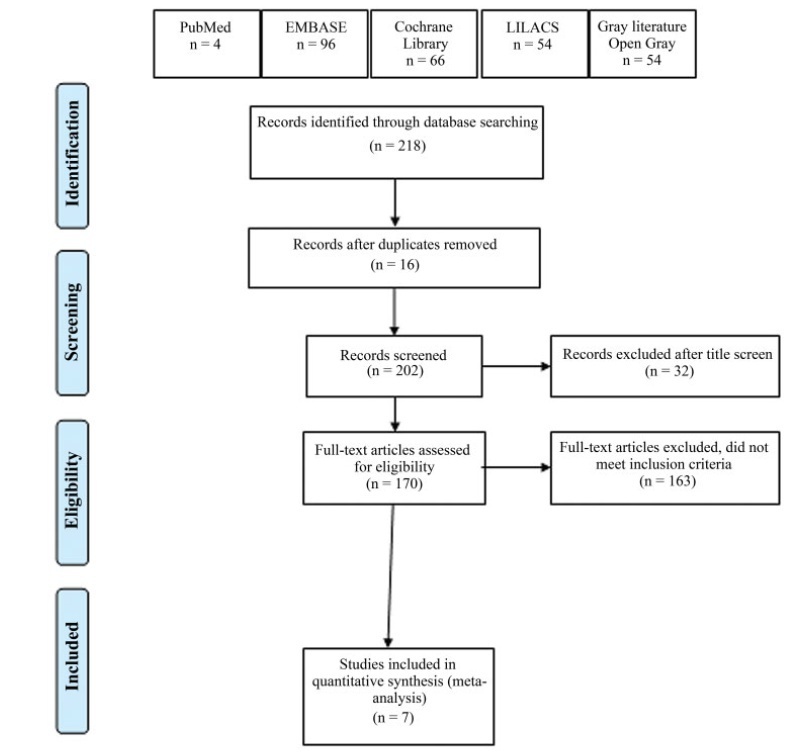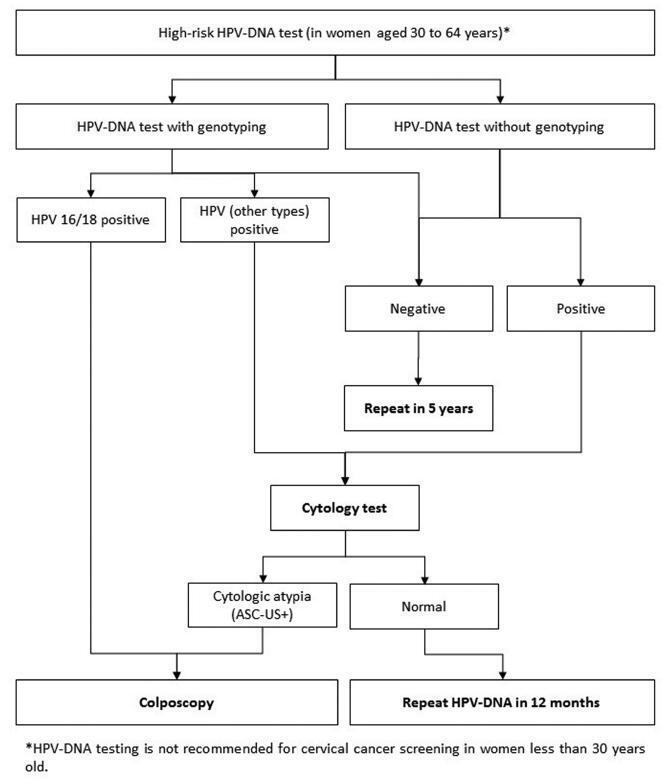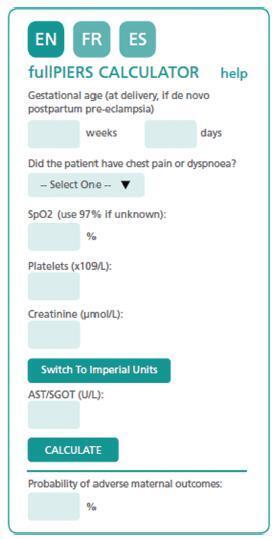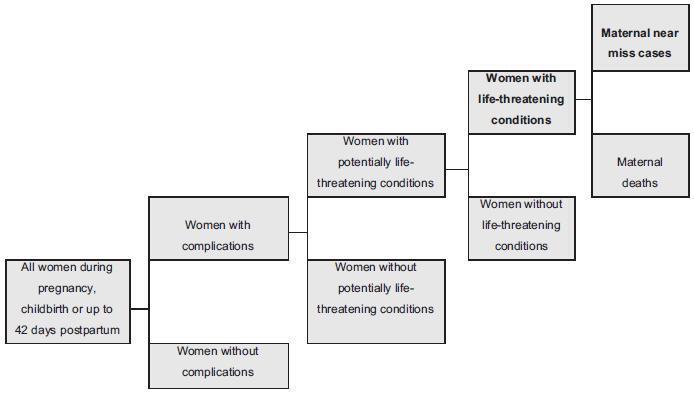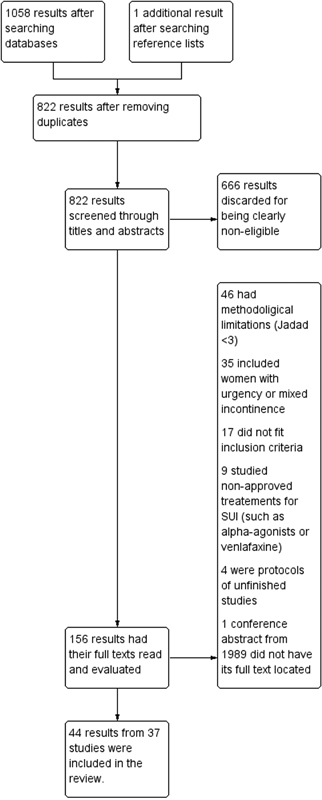-
Original Article10-10-2000
Analysis of Esthetic Results of Breast-conserving Treatment for Breast Cancer
Revista Brasileira de Ginecologia e Obstetrícia. 2000;22(2):79-87
Abstract
Original ArticleAnalysis of Esthetic Results of Breast-conserving Treatment for Breast Cancer
Revista Brasileira de Ginecologia e Obstetrícia. 2000;22(2):79-87
DOI 10.1590/S0100-72032000000200004
Views150See morePurpose: to assess the esthetic results and personal satisfaction of patients submitted to conservative surgery for cancer of the breast. The study was conducted on 44 patients with breast cancer diagnosed at the mastology outpatient clinic of HCFMRP-USP from January 1990 to December 1994, who fulfilled inclusion criteria according to a previously established protocol. The study consisted of analysis of the esthetic results after conservative treatment of breast cancer and analysis of the degree of patient satisfaction, with a comparison of the morphometry of the treated breast to that of the normal breast. The results were obtained on the basis of five previously established parameters using the esthetic evaluation score proposed by Westreich¹. Methods: of the 44 patients studied, 10 had been submitted to neoadjuvant chemotherapy (CT) because they presented locally advanced tumors, and 2 because of an unfavorable tumor/breast ratio for conservative treatment. Mean follow-up time was 65 months. All 27 patients followed-up at the outpatient clinic received a convocation letter. An evaluation questionnaire was applied to the 20 patients who came to the clinic, followed by breast measurement. Fifteen of these patients had been submitted to surgery with separate incisions and 5 to surgery with a single incision. Results: according to morphometry, the results were classified as excellent in 17 cases (85%), as good in two (10%), and as poor in only one case (5%), an evaluation comparable to the subjective evaluation made by the patients themselves. Considered separately, both measurement “A” (distance from the manubrium of the sternum to the nipple) and measurement “B” (distance from the cranial articulation of the xyphoid appendix to the nipple) showed a greater discriminative power than the measurements as a whole, since with these measurements the cases classified as poor by the patients would have also been classified as poor according to these same criteria separately (A and/or B). Conclusion: there was a significant difference in esthetic results between surgical treatment with a single incision or separate incisions, with the separate incision providing better results. There was high agreement between the classification made by the patients and the morphometric results obtained by us.
-
Original Article10-10-2000
Laparoscopic Hysterectomy in a Community General Hospital Initial Experience and Comparison of Hospital Costs
Revista Brasileira de Ginecologia e Obstetrícia. 2000;22(2):71-77
Abstract
Original ArticleLaparoscopic Hysterectomy in a Community General Hospital Initial Experience and Comparison of Hospital Costs
Revista Brasileira de Ginecologia e Obstetrícia. 2000;22(2):71-77
DOI 10.1590/S0100-72032000000200003
Views77See morePurpose: to compare hospital costs between laparoscopically assisted vaginal hysterectomy (LAVH) and total abdominal hysterectomy (TAH), reporting the initial experience with the new approach in a communitary general hospital. Patients and Methods: eleven cases of LAVH and 23 of TAH, carried out from September 1998 to July 1999, were compared. Each patient’s records and hospital charges were reviewed to collect the analyzed variables. Results: there was no statistical difference between the groups in relation to age, parity, and previous abdominal surgery. The main surgical indication for both groups was uterine leiomyomatosis. The LAVH group presented a shorter hospital stay with a median of one day, and the TAH group, of two days (p<0.01). LAVH showed to be 40.2% more expensive than TAH (p<0.01). Operating room charges contributed to the major part of hospital costs for both groups, corresponding to 79.8 and 57.9% of the total, for LAVH and TAH, respectively. LAVH infirmary charges were smaller than for TAH, with a statistically significant difference (p = 0.002). Conclusion: with shorter hospital stay and smaller infirmary costs, we demonstrated that LAVH provides better postoperative conditions and faster recovery than TAH. When done in a community general hospital, despite being more expensive, LAVH is an excellent option for uterine removal, and should be part of the therapeutical arsenal of gynecologic surgeons.
-
Original Article10-10-2000
Correlation between the Histological Report of Biopsy and Conization by the Loop Electrosurgical Excision Procedure (LEEP) in the Treatment of Cervical Intraepithelial Neoplasia
Revista Brasileira de Ginecologia e Obstetrícia. 2000;22(2):65-70
Abstract
Original ArticleCorrelation between the Histological Report of Biopsy and Conization by the Loop Electrosurgical Excision Procedure (LEEP) in the Treatment of Cervical Intraepithelial Neoplasia
Revista Brasileira de Ginecologia e Obstetrícia. 2000;22(2):65-70
DOI 10.1590/S0100-72032000000200002
Views168Purpose: to evaluate conization by the loop electrosurgical excision procedure (LEEP) for the diagnosis and treatment of cervical intraepithelial neoplasms (CIN), the importance of the margins and follow-up of these women. Methods: 95 women who underwent conization by LEEP for CIN and microinvasive carcinoma from January 1996 to December 1997 were evaluated. For statistical analysis, we used the kappa agreement coefficient and the tendency test of Cochran Armitage. Results: among 63 cases who underwent colposcopically directed biopsy before the conization, the cone presented the same grade of lesion in 20 and no residual disease in 8. The cone lesion presented a higher grade in 24 cases and one of them was a microinvasive carcinoma. Among the 25 women who underwent the cone biopsy with a previous biopsy suggestive of cervicitis or CIN 1, 56% had CIN 2 or 3 in the cone. Among the 32 women without previous biopsy, 15 had CIN 2 or 3, and four had microinvasive carcinoma in the cone. Regarding the margins of the cone, 25 cases presented some grade of CIN in the endocervical margins and 2/10 who underwent a second procedure presented residual disease on histological analysis. Among the 70 women with free cone margins, 2/4 who underwent a second procedure had residual disease on histological analysis. Conclusion: conization by LEEP without previous directed biopsy depends on the experience of the colposcopist. The second resection after LEEP for the diagnosis and treatment of CIN depends not only on the presence of disease in the cone margins but also on the follow-up. A second histological analysis is recommended in cases with microinvasive carcinoma and glandular lesion and affected margins.
Key-words Cancer screeningCervical intraepithelial neoplasiaCervical neoplasiaColposcopyLoop electro-surgical cone biopsySee more -
10-10-2000
FEBRASGO e o Ministério da Saúde: A Parceria Lógica
Revista Brasileira de Ginecologia e Obstetrícia. 2000;22(2):64-64
-
10-06-2000
Efeito do Tamoxifeno na Expressão do Antígeno Nuclear de Proliferação Celular (PCNA) no Epitélio e no Estroma do Fibroadenoma de Mulheres no Menacme
Revista Brasileira de Ginecologia e Obstetrícia. 2000;22(7):461-461
Abstract
Efeito do Tamoxifeno na Expressão do Antígeno Nuclear de Proliferação Celular (PCNA) no Epitélio e no Estroma do Fibroadenoma de Mulheres no Menacme
Revista Brasileira de Ginecologia e Obstetrícia. 2000;22(7):461-461
DOI 10.1590/S0100-72032000000700014
Views80Efeito do Tamoxifeno na Expressão do Antígeno Nuclear de Proliferação Celular (PCNA) no Epitélio e no Estroma do Fibroadenoma de Mulheres no Menacme[…]See more -
Original Article10-06-2000
Risk Factors for Infection after Total Abdominal Hysterectomy
Revista Brasileira de Ginecologia e Obstetrícia. 2000;22(7):443-448
Abstract
Original ArticleRisk Factors for Infection after Total Abdominal Hysterectomy
Revista Brasileira de Ginecologia e Obstetrícia. 2000;22(7):443-448
DOI 10.1590/S0100-72032000000700007
Views117See morePurpose: to determine the main factors associated with the occurrence of surgical site infection in patients submitted to total abdominal hysterectomy at the Instituto Materno ¾ Infantil de Pernambuco (iMIP). Methods: a cross-sectional study was conducted, enrolling patients submitted to total abdominal hysterectomy at IMIP who returned to postsurgical consultation for infection control, between January, 1995 and December, 1998 (n = 414). The frequency of surgical site infection (defined according to the CDC criteria, 1998) was 10% (42 cases). Prevalence risk (PR) of infection (dependent variable) and its 95% confidence interval (CI) were calculated for independent variables: age, obesity, hypertension, diabetes, malignant pathology, type of incision, duration of surgery and antibiotic prophylaxis. Multiple logistic regression analysis was used to determine adjusted risk of infection. Results: a significantly increased risk of infection was found for the following variables: age >60 years (PR = 2.39, 95% CI = 1.15-4.94), obesity (PR = 3.2, 95% CI = 1.83-5.59), duration of surgery >2 hours (PR = 2.35, 95% CI = 1.32-4.21) and diabetes (PR = 6.0, 95% CI = 3.41-10.57). On the other hand, risk of infection was significantly reduced when antibiotic prophylaxis was administered (PR = 0.38, 95% CI = 0.21-0.68). Type of incision, malignant disease and hypertension were not associated with infection. Conclusions: the factors associated with increased risk of surgical site infection after total abdominal hysterectomy at IMIP were: age >60 years, obesity, diabetes and surgical duration >2 hours. Antibiotic prophylaxis showed a protective effect with reduction of risk of infection.
-
Original Article10-06-2000
Evaluation of Proliferative Activity in the Mammary Epithelium Adjacent to Fibroadenoma in Women Treated with Tamoxifen
Revista Brasileira de Ginecologia e Obstetrícia. 2000;22(7):429-433
Abstract
Original ArticleEvaluation of Proliferative Activity in the Mammary Epithelium Adjacent to Fibroadenoma in Women Treated with Tamoxifen
Revista Brasileira de Ginecologia e Obstetrícia. 2000;22(7):429-433
DOI 10.1590/S0100-72032000000700005
Views153See morePurpose: to study the monoclonal antibody MIB-1 in the normal breast epithelium adjacent to a fibroadenoma in women in the luteal phase of the menstrual cycle treated with tamoxifen. Patients and methods: the proliferative activity of the mammary epithelium adjacent to the fibroadenoma was studied by immunohistochemistry based on immunoexpression of the monoclonal antibody MIB-1. The study was randomized and double blind and was conducted on 44 women with fibroadenomas, divided into 3 groups: A (n = 16; placebo), B (n = 15; tamoxifen, 10 mg), and C (n = 13; tamoxifen, 20 mg). Tamoxifen was administered for 22 days starting on the 2nd day of the menstrual cycle and a biopsy was taken on the 23rd day. Results: the mean percentage of stained nuclei per 1000 cells was 9.2 in group A, 4.5 in group B, and 3.2 in group C. Fisher’s test revealed that tamoxifen significantly reduced the immunoexpression of MIB-1 at the doses of 10 and 20 mg compared to the placebo group (p<0.0001), with no significant differences between doses in terms of proliferative activity (p = 0.21). Conclusion: we conclude that tamoxifen significantly reduced the proliferative activity of the mammary epithelium at the doses of 10 and 20 mg/day.
-
Original Article10-06-2000
Natural Triplet Pregnancies: Maternal Complications and Perinatal Results
Revista Brasileira de Ginecologia e Obstetrícia. 2000;22(7):413-419
Abstract
Original ArticleNatural Triplet Pregnancies: Maternal Complications and Perinatal Results
Revista Brasileira de Ginecologia e Obstetrícia. 2000;22(7):413-419
DOI 10.1590/S0100-72032000000700003
Views155See morePurpose: to analyze maternal complications and perinatal results of triplet pregnancies. Method: retrospective study of maternal and perinatal data on all triplets weighing >500 g delivered in a period of 8 years at Maternidade Escola de Vila Nova Cachoeirinha. Results: between 1990-1998, 18 women gave birth to triplets, representing 1 in every 2,060 deliveries. The main complications were preterm delivery (94.4%) and preeclampsia (44.4%) and 83.3% of these patients needed hospitalization before delivery, for 1-50 days, most in order to inhibit preterm labor. Cesarean section was performed in 88.9%, the mean gestational age at birth was 34.2 weeks (+ 1.8), mean weight 1,827 g (+ 421), 20.4% weighed <1,500 g and 75.9% weighed 1,500-2,499 g. Birth weight discrepancy (> 25%) occurred in 38.9% of these pregnancies and 35.2% of the 54 fetuses were small for gestational age. Eighty-six percent of live-born infants had neonatal morbidity and 3.7% had evident congenital anomalies. Perinatal mortality was 16.7%, 7.4% due to intrauterine demise and 9.3% due to neonatal death. The mean duration of hospitalization in the neonatal ward was 18.5 days; late neonatal sepsis was the main cause of death. Conclusion: triplet pregnancies had high a incidence of obstetric complications, demanded prolonged maternal hospitalization and ended almost always in surgical delivery. Intrauterine and neonatal death rates were high, neonatal morbidity was detected in almost all live-born infants and their hospitalization was long, exposing these prematures to infection, their main cause of death. Triplet pregnancies carry high maternal and fetal risks and should be managed at tertiary facilities.
Search
Search in:
Tag Cloud
Pregnancy (252)Breast neoplasms (104)Pregnancy complications (104)Risk factors (103)Menopause (88)Ultrasonography (83)Cesarean section (78)Prenatal care (71)Endometriosis (70)Obesity (61)Infertility (57)Quality of life (55)prenatal diagnosis (51)Women's health (48)Maternal mortality (46)Postpartum period (46)Pregnant women (45)Breast (44)Prevalence (43)Uterine cervical neoplasms (43)



